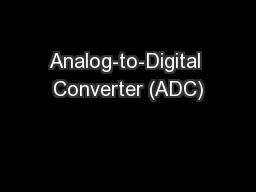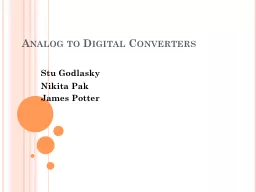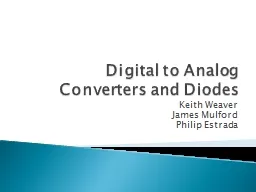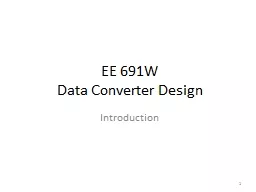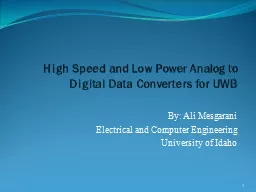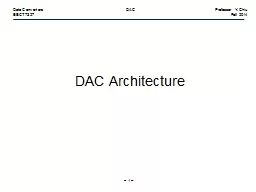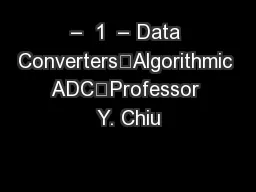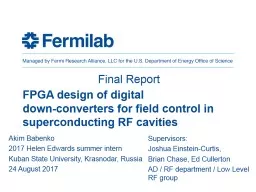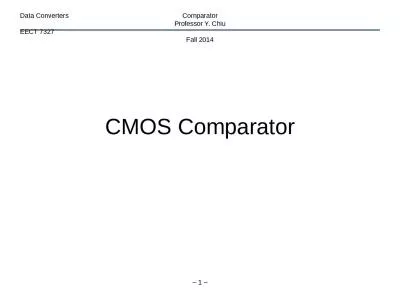PPT-High-Performance Analog-to-Digital Converters: Evolution and Trends
Author : criticanime | Published Date : 2020-06-22
Pedro Figueiredo pmffsynopsyscom Topical Workshop on Electronics for Particle Physics 2015 28 th September 2015 ADC performance Evolution ADC architectures Relationships
Presentation Embed Code
Download Presentation
Download Presentation The PPT/PDF document "High-Performance Analog-to-Digital Conve..." is the property of its rightful owner. Permission is granted to download and print the materials on this website for personal, non-commercial use only, and to display it on your personal computer provided you do not modify the materials and that you retain all copyright notices contained in the materials. By downloading content from our website, you accept the terms of this agreement.
High-Performance Analog-to-Digital Converters: Evolution and Trends: Transcript
Download Rules Of Document
"High-Performance Analog-to-Digital Converters: Evolution and Trends"The content belongs to its owner. You may download and print it for personal use, without modification, and keep all copyright notices. By downloading, you agree to these terms.
Related Documents


